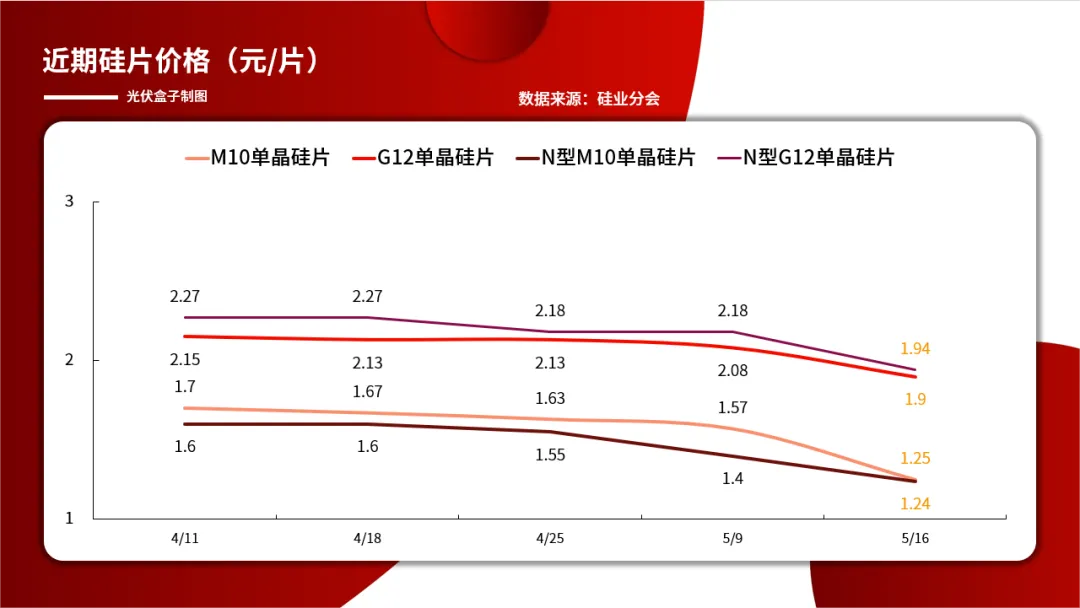solar panel output efficiency
Understanding Solar Panel Output Efficiency Key Factors and Innovations
Solar panel output efficiency is a crucial aspect of solar energy technology, determining how effectively sunlight is converted into usable electricity
. With the growing demand for renewable energy sources, understanding and improving the efficiency of solar panels has gained immense significance.The efficiency of solar panels is typically measured as a percentage, indicating the amount of sunlight that can be converted into electrical energy. Most commercial solar panels achieve efficiencies ranging from 15% to 22%. Factors affecting this efficiency include the type of solar cell technology used, the quality of the materials, and environmental conditions such as temperature, shading, and orientation.
There are several types of solar cells, with monocrystalline, polycrystalline, and thin-film being the most common. Monocrystalline panels tend to have the highest efficiency due to their high purity silicon, which allows for better electron flow. In contrast, polycrystalline panels are generally less efficient but are often more affordable. Thin-film solar cells, while less efficient, are lightweight and flexible, making them suitable for a variety of applications where traditional panels might not be feasible.
solar panel output efficiency

Environmental conditions play a significant role in solar panel performance. Temperature impacts efficiency; solar cells tend to perform better in cooler conditions. High temperatures can increase resistance, lowering output. Additionally, shading from trees or buildings can dramatically decrease energy production, underscoring the importance of proper installation and positioning.
Recent innovations are paving the way for higher efficiencies. Bifacial solar panels, which can capture sunlight on both sides, are gaining popularity. This technology allows for increased power generation, especially in reflective environments. Furthermore, research into advanced materials, such as perovskite solar cells, promises even higher efficiencies with potentially lower production costs.
Improving solar panel output efficiency is not only about maximizing energy production but also about enhancing the sustainability of solar technology. As the renewable energy sector continues to evolve, innovations that reduce material usage and improve recycling rates will be vital.
In conclusion, solar panel output efficiency is a multi-faceted topic influenced by various factors, from the type of technology used to environmental conditions. With ongoing research and development, the future looks promising for more efficient solar energy solutions, contributing significantly to our global energy needs. As we aim for cleaner energy, understanding and improving solar panel efficiency will be essential in harnessing the full potential of the sun.
-
String Solar Inverter: The High-Efficiency Solution for Smart Solar EnergyNewsJul.14,2025
-
Revolutionizing Rooftop Energy with the Power of the Micro Solar InverterNewsJul.14,2025
-
Power Independence with Smart Off Grid Solar Inverter SolutionsNewsJul.14,2025
-
On Grid Solar Inverter: Powering the Future with Smart Grid IntegrationNewsJul.14,2025
-
Monocrystalline Solar Panels: High-Efficiency Power for the Future of Clean EnergyNewsJul.14,2025
-
Bifacial Solar Panel: A Smarter Investment for Next-Generation Energy SystemsNewsJul.14,2025







